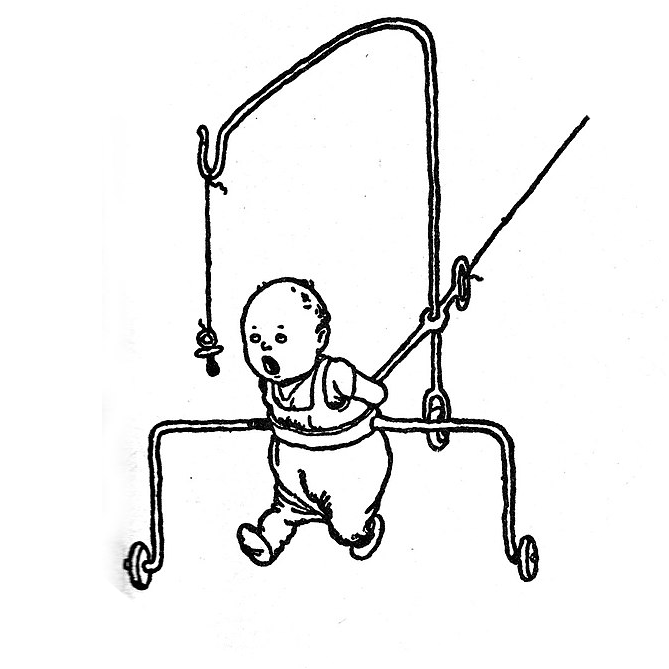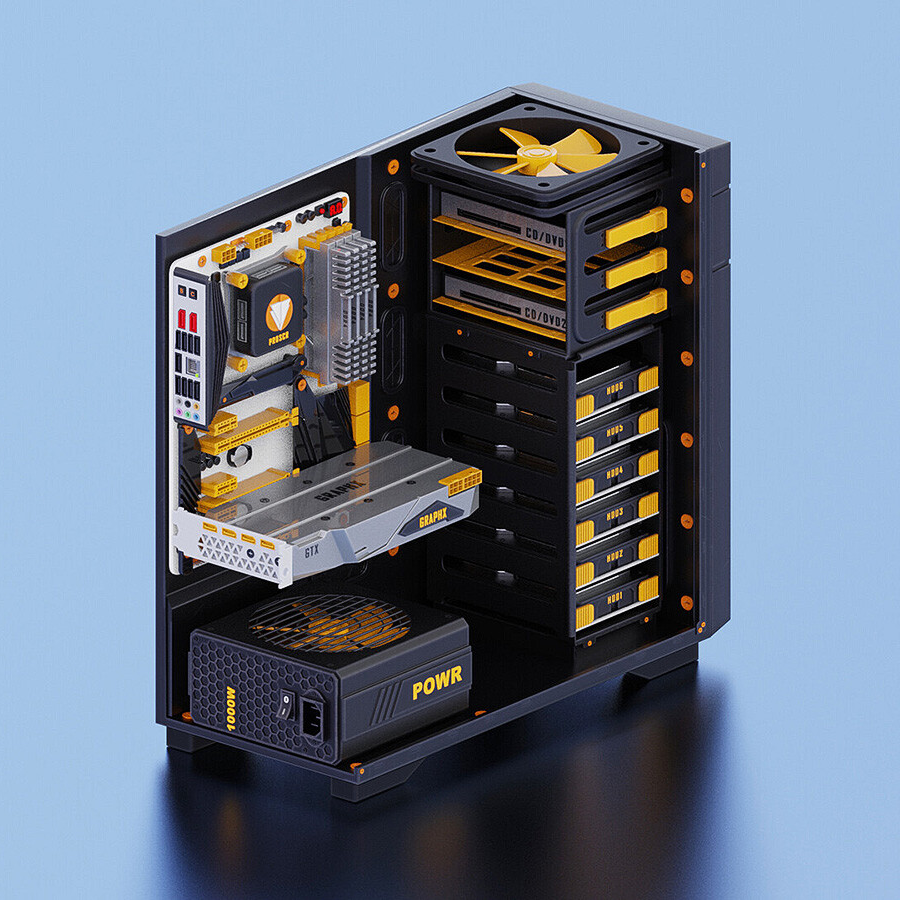The rural republican voters were never going to vote for Harris. Her only chance was to motivate the progressives to go out and vote but instead she spit on them at every opporitunity and sprinted to the right to try and court votes she was never going to get anyways.
Just look at the votes. Trumps vote total barely changed. Harris lost more than 10 million votes for the DNC. That says nobody switched from trump to Harris but a lot of people were so disgusted with Harris that they didn’t even bother to show up.




















Except a presidents job is foreign policy. For domestic policy senate and house has far more control.